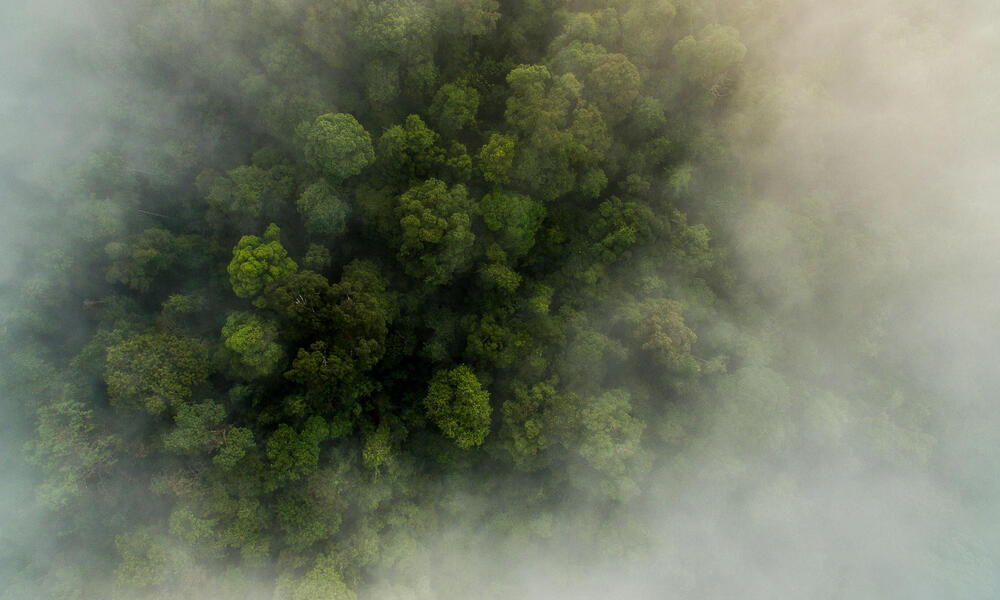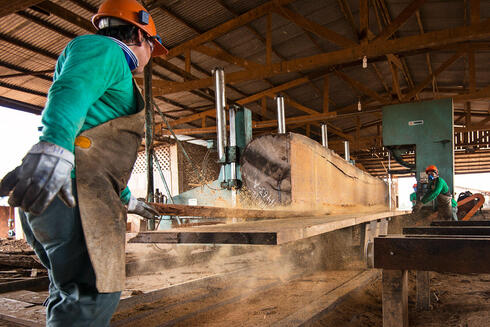One challenge in detecting illegal wood trade is that many wood species look alike. Sometimes wood species are mislabeled due to human error. Sometimes they are mislabeled to avert trade restrictions on certain rare wood species, or to circumvent a particular country’s tariffs on certain species or product types. Regardless, if a product’s species type is not accurately declared, it could be an indicator of fraud and, possibly, illegal logging.
Companies may unknowingly be using wood that has been illegally harvested or traded to make floors, kitchen tables, guitars, and other products. Other companies may be well aware they are doing this but do not know or care why doing so is bad for forests and the people who depend on them.
That’s why WWF and World Resources Institute are leading a project to compare wood species claims for products that are sold in the United States with wood anatomy testing of those same products. We are partnering with scientists at the U.S. Forest Service Forest Products Lab, who are using forensic wood anatomy testing to do a research study evaluating the accuracy of product marketing descriptions that include wood species names. With a powerful magnifying lens and other tools, they compare the anatomical structure of a wood sample with species in reference libraries against the species listed in the product description.
Our hope is that this type of research can illustrate the need for companies to ramp up their due diligence efforts to ensure legal and responsible sourcing, and to ensure that they confirm the species they are sourcing and accurately describe it to customers. We also hope the results will highlight the need for more federal and other sources of funding for wood anatomy testing, and help law enforcement agencies better distinguish between wood species as they strive to enforce CITES and the US Lacey Act, the primary US policy to prevent the trade of illegal wood and paper products in the US.


